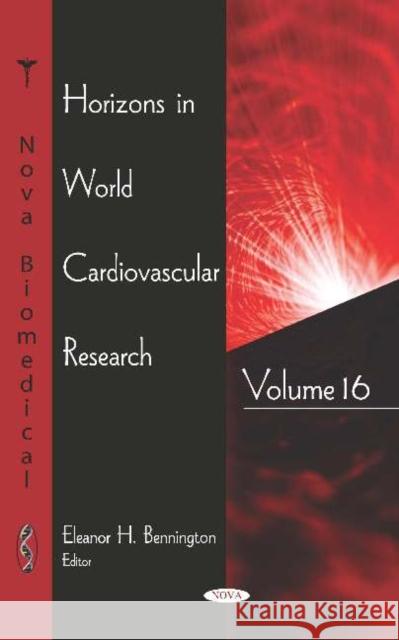Horizons in World Cardiovascular Research: Volume 16 » książka
Horizons in World Cardiovascular Research: Volume 16
ISBN-13: 9781536156065 / Angielski
The opening chapter of Horizons in World Cardiovascular Research. Volume 16 discusses the functions of the internal jugular veins, particularly how they are usually valveless except for a single valve situated just above the junction of the vein with the brachiocephalic vein. Additionally, the authors assess the frequency, nature, duration and significance of cardiovascular disorders associated with rotavirus infection in the human body. A careful analysis of electrocardiograms and other diagnostic tools is included with the goal of helping to early identify high risk beta-thalassemia major patients for arrhythmias and sudden cardiac death. The authors also examine the coronary vasospasm as a potential risk for thrombus formation in patients with drug-eluting stents implantation by showing several clinical studies and case reports in terms of mechanism and prevention. Following this, an overview of the structure of smooth muscle cells and their main functions in the human umbilical artery is presented. The anatomy and physiology of venous outflow from the brain is described. Since physical effects play an important role in regulating this outflow, it is important to present some basic physical principles governing the flow in the tubes. Moreover, the authors review a transgenic mouse model to study its genetic contribution to Moyamoya syndrome, a cerebrovascular condition defined by the chronic progressive stenosis of the intracranial internal carotid arteries and their major branches, as well as describe a recently-developed surgical model. The closing chapter posits that it would be beneficial to describe the difficulties and challenges that occur during the implantation of permanent biventricular defibrillating systems in cases of Superior Vena Cava is Persistent Left Superior Vena Cava.











